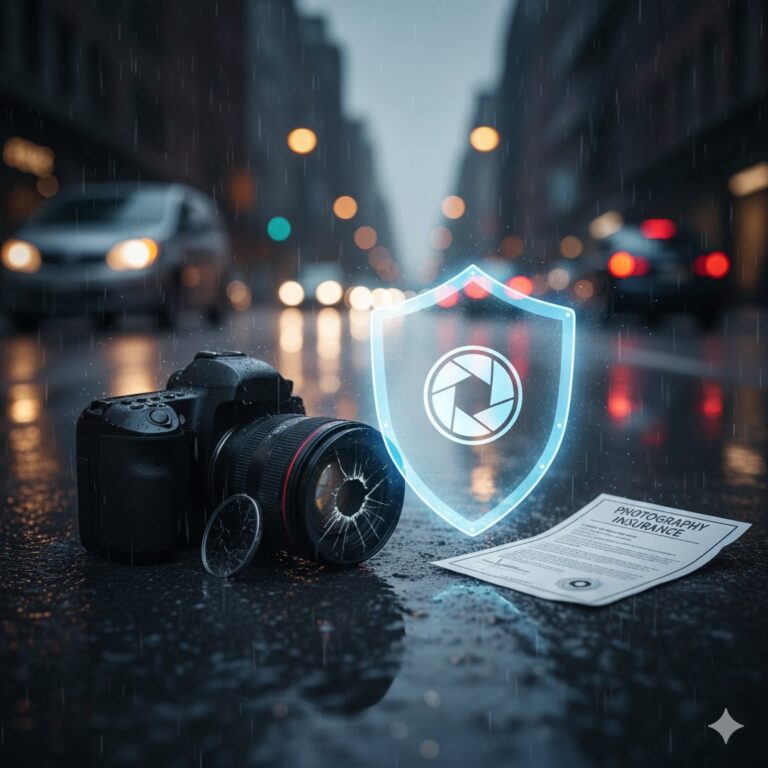A sophisticated security technique called face liveness detection is used to identify whether a camera-scanned face is that of a real, living person and not a digital deepfake, printed image, video recording, or photograph. Face liveness detection has emerged as a crucial component of online account protection and fraud prevention as digital identity verification and biometric authentication continue to expand.
To put it simply, liveness detection verifies in real time whether the subject of the camera is indeed present.
The Significance of Face Liveness Detection
Face recognition technology has been incorporated into countless online services, banking apps, offices, airports, and smartphones during the past ten years. However, there are flaws in conventional facial recognition software. A high-resolution image of a person’s face held up to the camera, for instance, could be mistakenly recognised by the system as the real person.
Additionally, cybercriminals are now more adept at using technologies like
- Videos of deepfake faces
- Printed pictures
- 3D masks
- Replays of screens
Simple facial recognition systems can be fooled by these spoofing attacks. To guarantee authenticity, face liveness detection serves as an extra security measure. It guards against financial fraud, identity theft, and illegal access.

The Process of Face Liveness Detection
Artificial intelligence, computer vision, and occasionally infrared or depth sensors are used in face liveness detection to examine minute details that reveal whether a face is alive. Usually, the system assesses:
- Motion
Micro-movements in the eyes, cheeks, lips, and head position are all natural in a real person. These movements are tracked by liveness detection. - Shape and Depth
The depth of a real human face is 3D. The screen display or photo is flat. To identify this difference, certain liveness systems make use of depth-sensing cameras. - Texture
- Digital screens and printed paper do not reflect light in the same way as human skin. These texture variations are detectable by AI models.
- Gesture or Blink Prompt
In order to verify that the user is genuine and actively present, certain systems ask them to blink, smile, or turn their head.

Face Liveness Detection Types
Today, two primary approaches are employed:
1. Detecting Passive Liveness
The user doesn’t need to move, blink, or make any other gestures for this method to function automatically. To find organic indications of life, the system merely examines the video stream. It is quick, smooth, and easy to use. Passive liveness detection is popular due to its ease of use in:
- Apps for mobile banking
- Digital KYC validation
- Systems for creating accounts online
2. Detection of Active Liveness
The user must complete a brief task using this method, like:
- Blink.
- Rotate your head sideways.
- Grin
- Look in a particular direction.
After that, the system verifies if these behaviours are man-made or natural. It is utilised in high-risk situations and is extremely safe, despite being a little slower.


Where Face Liveness Detection Is Employed
Several industries that need safe identity verification use face liveness detection:
- Banking & Finance: Safe logins, money withdrawals, and online account opening.
- Mobile Devices: Face authentication is used to unlock smartphones.
- E-commerce: Identity verification prior to online purchases.
- Digital citizen identity verification through government and national identification systems.
- Corporate security is the ability of employees to access safe systems or facilities.
- Healthcare: Verifying a patient’s identity to prevent fraud or impersonation.
Benefits of Detecting Face Liveness
- Improved Security: Guards against spoofing and fraud.
- It’s quick and easy because users don’t have to remember passwords.
- Touch-Free Authentication: More contemporary and sanitary.
- Accurate Digital Identity Verification: Enables the creation of accounts remotely without the need for paper documentation.
Risks and Difficulties
Despite its advancements, face liveness detection still needs to be improved. Attackers are creating increasingly lifelike masks and digital animations as deepfake technology advances quickly. To keep ahead of these threats, businesses need to continuously improve their AI models.
Additionally, the sensitivity of facial data raises privacy concerns. Strict data protection regulations must be adhered to by organisations, and biometric data must be safely stored.
In conclusion
A potent security tool called face liveness detection makes sure that only actual, living people can use facial recognition to confirm their identities. Secure and reliable authentication techniques are becoming more and more necessary as digital services continue to grow. Liveness detection shields users from fraud, impersonation, and unwanted access by fusing artificial intelligence, computer vision, and sophisticated algorithms. It will continue to be one of the most important technologies for digital identity security in 2025 and beyond.





